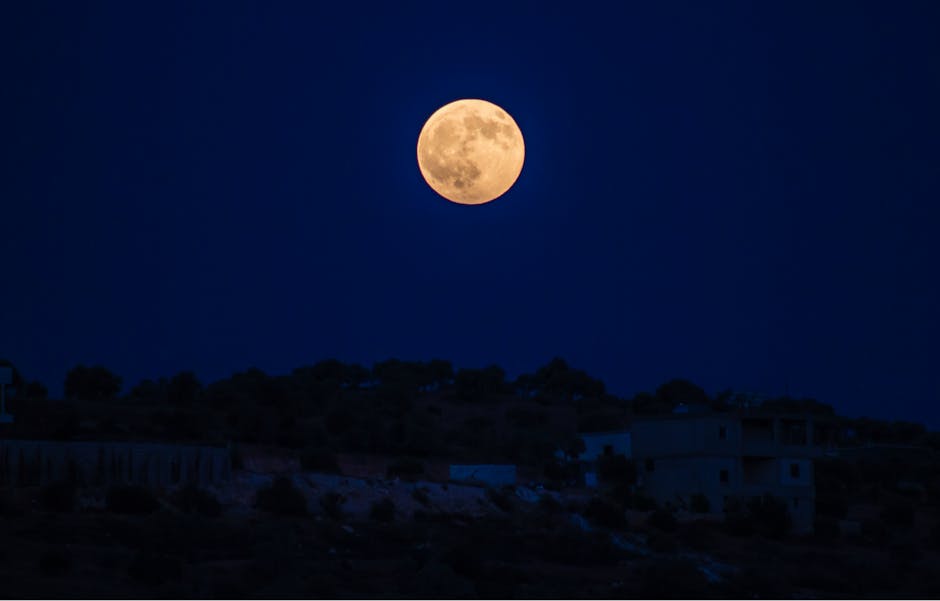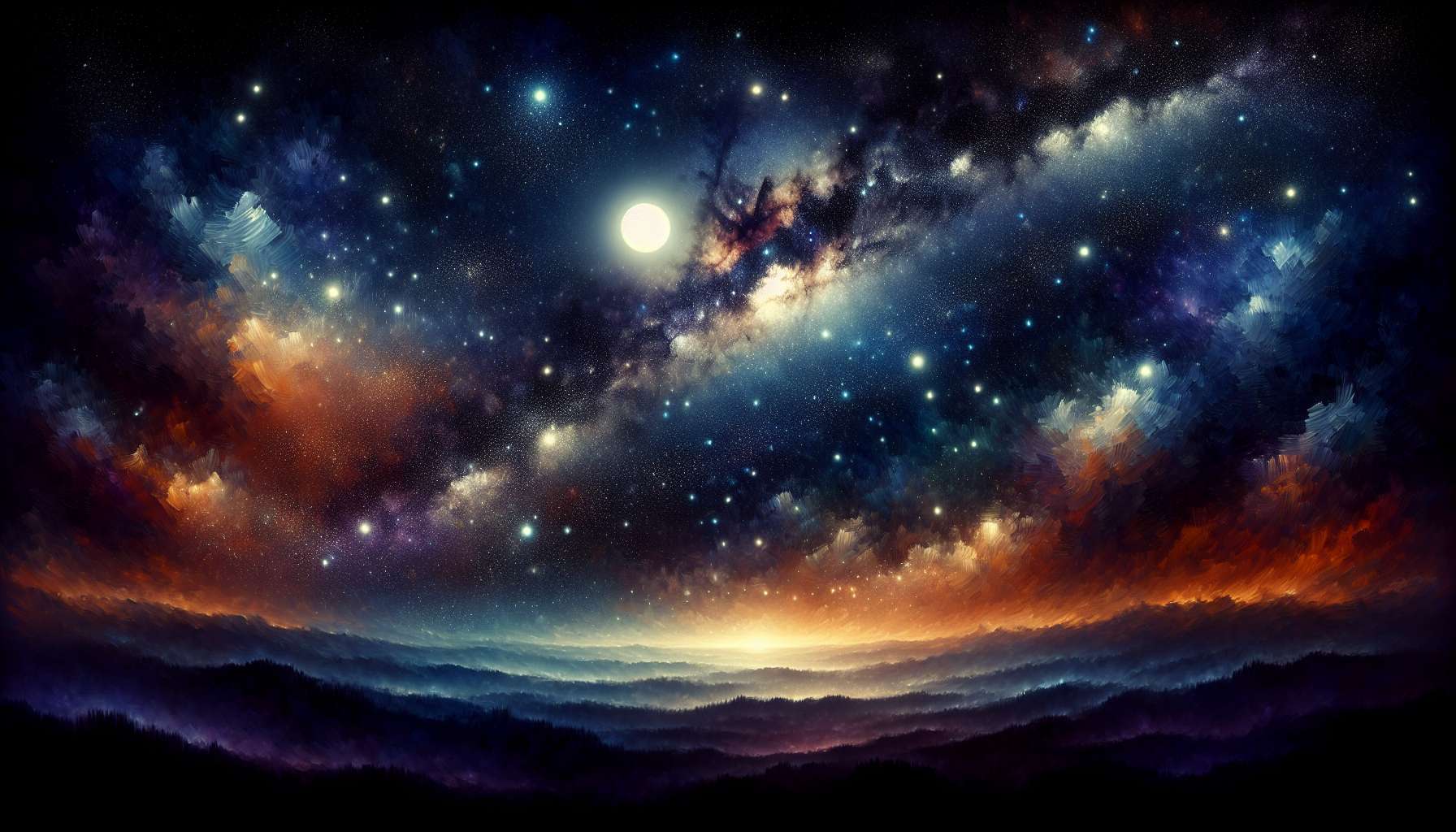Lunar Landscapes Exploration: Unveiling the Mysteries of the Moon
When we gaze up at the night sky, the moon stands as a silent sentinel, casting its ethereal glow upon the Earth. But beyond its tranquil appearance lies a world of rugged terrain, mysterious craters, and alien landscapes waiting to be explored. Lunar landscapes exploration, both past and present, has captivated the imagination of scientists, researchers, and space enthusiasts alike. In this article, we will delve into the fascinating realm of lunar exploration, uncovering the secrets of the moon’s surface and the incredible discoveries that have been made.
The Moon: A Gateway to the Universe
For centuries, the moon has been a source of wonder and inspiration for humanity. Its silvery light has guided travelers, poets, and dreamers throughout history. But it wasn’t until the 20th century that we began to unlock the mysteries of our celestial neighbor. The first step in this journey was the Apollo missions, which brought humans to the moon’s surface for the first time. These groundbreaking expeditions provided a wealth of information about the moon’s geology, atmosphere, and potential for future exploration.

The Apollo Missions: Pioneering Lunar Exploration
Between 1969 and 1972, NASA’s Apollo missions successfully landed 12 astronauts on the moon. These missions not only marked a significant milestone in human history but also revolutionized our understanding of lunar landscapes. The Apollo astronauts collected rock samples, conducted experiments, and captured stunning photographs that provided invaluable insights into the moon’s formation and history.
One of the most iconic images from the Apollo missions is the “Blue Marble” photograph, taken by Apollo 17 astronaut Harrison Schmitt. This breathtaking image of Earth rising over the lunar horizon offered a new perspective on our place in the universe and the beauty of our home planet.
Modern Lunar Exploration: Robots, Rovers, and Satellites
While the Apollo missions were a remarkable achievement, they were just the beginning of our exploration of the moon. In recent decades, numerous robotic missions have been sent to the moon to study its surface in greater detail. These missions have included orbiters, landers, and rovers equipped with a variety of scientific instruments to analyze the moon’s composition, topography, and environment.
One of the most famous lunar rovers is NASA’s Lunar Reconnaissance Orbiter (LRO), which has been orbiting the moon since 2009. The LRO has provided high-resolution images of the moon’s surface, mapping its features and identifying potential landing sites for future missions. In addition, the LRO has detected evidence of water ice in the moon’s polar regions, raising the possibility of sustained human presence on the moon in the future.
The Future of Lunar Exploration: Artemis and Beyond
As we look to the future, exciting new missions are on the horizon that will continue to push the boundaries of lunar exploration. NASA’s Artemis program aims to return humans to the moon by 2024, with the goal of establishing a sustainable presence on the lunar surface. This ambitious mission will pave the way for future manned missions to Mars and beyond, opening up new opportunities for scientific discovery and exploration.
In addition to NASA, other countries and private companies are also planning their own lunar missions. China’s Chang’e program has already successfully landed multiple rovers on the moon, while companies like SpaceX are developing plans for commercial lunar missions. These efforts are driving innovation in space exploration and expanding our understanding of the universe.
Challenges and Controversies: The Ethics of Lunar Exploration
While the prospect of exploring the moon is exciting, it also raises ethical questions and concerns. As we venture further into space, we must consider the impact of our actions on other celestial bodies and their environments. Questions about resource extraction, environmental preservation, and the rights of indigenous peoples on the moon have sparked debates within the scientific community and beyond.
Another challenge facing lunar exploration is the issue of space debris and pollution. As more missions are launched into space, the amount of debris orbiting the Earth and moon has increased, posing a threat to future missions and the sustainability of space exploration. Finding solutions to this growing problem will be crucial for the long-term viability of lunar exploration.
Expert Opinions: Perspectives on Lunar Landscapes Exploration
Leading scientists and researchers in the field of lunar exploration offer diverse perspectives on the future of lunar landscapes exploration. Dr. Sarah Johnson, a planetary geologist at NASA, believes that uncovering the secrets of the moon’s geology could provide valuable insights into the history of our solar system and the potential for life beyond Earth.
On the other hand, Dr. Michael Chang, an environmental scientist at the International Space University, warns of the potential environmental impacts of lunar exploration and the need for responsible stewardship of the moon’s resources. These contrasting viewpoints highlight the complex and multifaceted nature of lunar exploration and the importance of considering a wide range of perspectives.
Conclusion: Embracing the Unknown
As we reach the end of our journey through the lunar landscapes exploration, we are left with a sense of awe and wonder at the mysteries that still lie beyond our reach. The moon, with its rugged beauty and hidden treasures, continues to beckon us to explore, discover, and dream. Whether through robotic missions, manned expeditions, or new technologies yet to be invented, the future of lunar exploration holds endless possibilities for discovery and adventure.
So let us gaze up at the moon once more, with hearts full of wonder and minds open to the unknown. For in the vast expanse of space, the lunar landscapes await, ready to reveal their secrets to those bold enough to seek them out.




